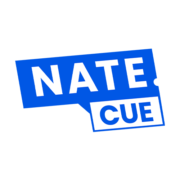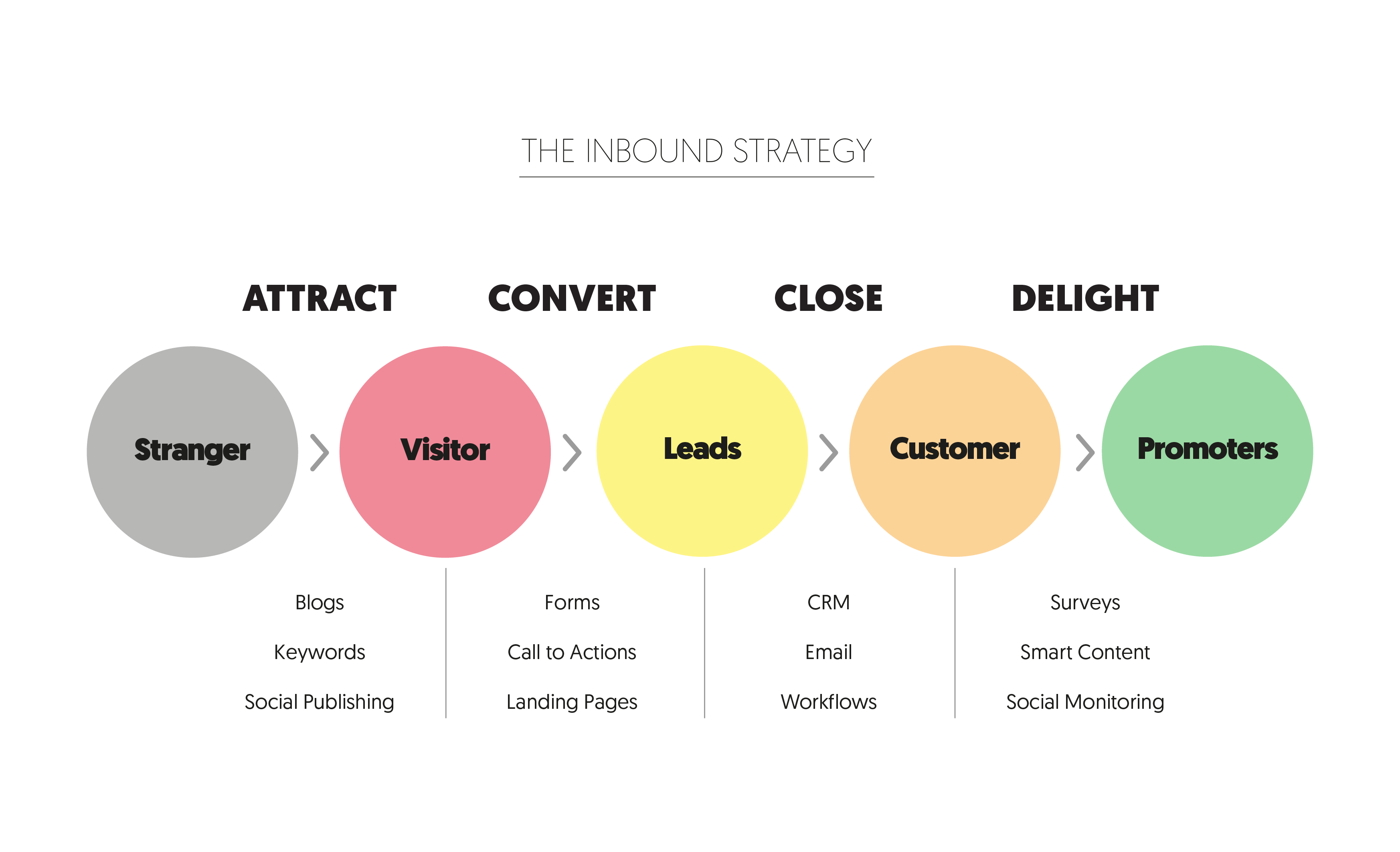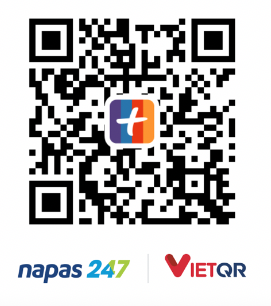Content marketing is a vital digital marketing strategy. It involves creating and distributing valuable, relevant, and consistent content to attract and engage a target audience. Well-thought-out content can help build brand awareness, establish trust, nurture customer relationships, and ultimately drive profitable customer actions, such as conversions and sales. Content can take various forms, including blog posts, articles, videos, infographics, social media posts, podcasts, eBooks, white papers, webinars, and more.
Types of Content

There are dozens of different types of content that can be used in content marketing. In general, these content types fall into five categories: text, PDF, visual, video/audio, and interactive. Here are a few examples of each:
Text
Research
Study
Feedback
Educational article
Recap
News
Interview
Manual
White paper
Product comparison
eBook
Tutorial
Template
Checklist
Visual
Infographic
Slide presentation
Video/Audio
Video
Live event
Online conference
Podcast
Interactive
Quiz
Test
Key aspects of content marketing
There are several key aspects of content marketing. Perhaps one of the most important parts of successful content marketing is the content itself. The content must provide value to the audience and should be relevant to their needs, interests, questions, or pain points.
In order to plan relevant and valuable content, content marketers must first understand the audience’s demographics, preferences, and behaviors. Content can also be tailored to meet the needs of a specific segment of a larger target audience. Maintaining an audience-centric approach will lead to more successful content marketing campaigns.
Content marketing aims to educate and inform the audience. By delivering educational content that provides the audience with valuable information, a good content marketing campaign can help position a brand as a trusted source of information within its industry or niche. Consistent, high-quality content is key to establishing the brand as an authority in the industry and increasing trust and customer loyalty.
Consistency is crucial in content marketing. Regularly publishing content helps maintain and grow audience engagement and trust over time. Creating a content calendar to plan and organize content can help maintain consistency. A content calendar can also help keep track of where content is being shared. Content should be distributed across several digital channels, including websites, social media, email, podcasts, and other platforms to maximize reach and impact.
In addition to distributing content in several different formats and on various channels, content should also be optimized for search engine optimization (SEO) to increase its visibility in search engine results pages (SERPs). This can be done through keyword research and on-page optimization.
Effective content marketing often incorporates storytelling techniques to engage readers or viewers emotionally and make the content more relatable and memorable. The human brain is wired to remember stories better than facts or random information, so this storytelling approach is an effective way to help your audience remember the content longer. Additionally, stories provide more opportunities for connecting on an emotional level, which also leads to being more memorable and engaging.
Content should encourage audience engagement through comments, shares, likes, and discussions. This audience engagement helps build a community around the brand and increase brand visibility. Higher engagement may also produce more leads.
Content marketing can be used to generate leads by offering gated content. Gated content may be an eBook, a white paper, a webinar, or other resource that is offered in exchange for contact information. The contact information can then be used for further marketing efforts.
Metrics such as website traffic, engagement rate, social shares, conversion rate, and ROI can be used to assess the performance of content marketing efforts. These measurements and analytics should be used to inform future strategies and decisions.
Successful content marketing strategies not only reflect on past metrics and data, but also adapt to changing trends, audience preferences, and platform updates. Flexibility and the ability to experiment with new content formats are essential.
Content marketing is an essential component of the digital marketing landscape. It provides a way for businesses and organizations to connect with their audience, provide value, and drive meaningful interactions that can lead to long-term customer relationships and business growth.
Steps to designing a content marketing campaign
Content marketing is a comprehensive strategy that involves several steps to plan, create, distribute, and measure the effectiveness of content. Here are the recommended steps to developing a content marketing campaign:
Objectives
The first step in a successful digital marketing campaign is to clearly define your content marketing goals and objectives. What outcomes are you trying to achieve? Are you aiming to increase brand awareness, generate leads, drive website traffic, boost sales?
Target audience research
Once the goal has been defined, begin by identifying and researching the target audience. Conduct in-depth research to understand the audience’s demographics, preferences, pain points, interests, and behaviors. Research may also include surveys or checking out who the competitors target.
Develop detailed marketing personas to guide the content creation. Formalized personas help clearly define the audience and communicate the target audience to anyone involved in brand messaging.
Content strategy
Once the target audience has been clearly defined, develop a content strategy. A content strategy should outline the types of content to produce, the topics to cover, the messaging, and the channels that will be used to distribute the content. Ensure the strategy aligns with the objectives of this campaign, the overall business goals, and the needs and desires of the target audience.
Defining a brand story can also help guide the content strategy. A brand story should focus on the customer and their goals and challenges, making them the hero of the story. It also shows the brand’s personality, purpose, and values. A great brand story is realistic, authentic, emotional, convincing, and relevant.
A strong value proposition is important. Before creating any content, be sure to understand the unique value the brand will provide. This will help create a content marketing strategy that sets the brand apart from the competition.
Keyword research can be useful in developing a content strategy as well. It helps identify relevant and high-impact keywords and phrases that can be used in the content. Using these keywords and phrases consistently helps with search engine optimization and improves discoverability. Performing a thorough keyword research can help you make important decisions about what topics to cover in the content.
Content planning
Plan a variety of content to distribute on various platforms and channels. Develop a content calendar that shows a specified time frame and outlines the creation and publication of all content. The calendar can be used to stay organized, keeping track of where and how content will be distributed. Content calendars are also great for ensuring that the content is consistent and aligns with marketing goals as well as related external events (holidays etc.).
This is also a great time to decide what type of content will be created. Will this marketing campaign include social media posts, blog posts, articles, videos, infographics, podcasts, eBooks, webinars? Make note of the content types on the calendar and keep in mind to not only deliver promotional content.
Content creation
Design and develop high-quality content that addresses the needs and interests of the target audience and aligns with the content plan. As the content is created, remember to optimize for SEO by incorporating relevant keywords, meta tags, and high-quality backlinks. Focus on providing valuable content that is also SEO-friendly.
Visual content, such as images, videos, and infographics, can significantly enhance engagement and often convey information more effectively. Include visuals when appropriate and ensure that all visual elements are consistent and align with the brand’s content strategy and corporate brand and graphic identity.
Content distribution
Share the content on various digital channels, including websites, blogs, social media platforms, and email. Tailor content specifically for each platform, being sure to follow best practices for the specific platform. Scheduling tools can be very helpful for staying consistent and organized during content publication.
Once content is distributed, be sure to promote it actively through social media, email marketing, influencer outreach, and paid advertising. Encourage sharing and engagement to reach an even larger audience. Engage with the audience by responding to comments, questions, feedback, and fostering discussions in a timely fashion.
Reflect and improve
Monitor the performance of your content using analytics tools. Track metrics such as website traffic, engagement rate, conversion rate, and ROI, and then analyze the data to evaluate the success of your content marketing efforts.
Use these insights to improve the content marketing strategy of the brand in the future. Experiment with different distribution channels, formats, and messaging to optimize results. It’s vital to continuously iterate and improve upon digital marketing as industry trends evolve, algorithms change, and audience behavior fluctuates. Adapting to the current market is key to remaining relevant and effective.


